Do You Have to Wear a Cycle Helmet
Cycling is not only an excellent exercise but also an eco-friendly way to navigate urban sprawl or take in rural landscapes. But safety remains a key issue among cyclists, particularly regarding helmet use. Discussions about helmet usage often encompass legal mandates, personal freedom considerations, and scientific principles.

Cycle Helmet Laws and Regulations
Where cycling helmets are legally required depends mainly on their location. Regulations differ widely from country to country and sometimes even within local jurisdictions - for instance, in the US, no federal law mandates helmet use among cyclists; however, Seattle and California both enforce certain age groups' helmet use through local laws; similarly, in Britain, there are currently no laws compelling all cyclists of any age to wear helmets, yet Highway Code recommends their wear.
Countries such as Australia and New Zealand enforce stringent cycle helmet laws across all age ranges, reflecting cultural acceptance of helmets as essential safety gear. Fines accompany these laws, which, proponents claim, have led to decreased head injuries among cyclists.
Safety Benefits of Wearing a Cycle Helmet
Helmets for cyclists serve one primary function - protecting their heads during falls or collisions. According to research, helmets have been shown to reduce serious head injury by approximately 69% and fatality risk by around 65%. Helmets are designed to absorb impact energy during an impact, thus decreasing impact force transmission to the brain, which protects long-term neurological damage prevention.
Critics contend that helmets may give cyclists a false sense of security, leading to riskier riding behaviours. Studies suggest drivers may pass helmeted cyclists closer than those without. However, such studies tend to have methodological limitations.
Cultural and Personal Considerations
Culturally, acceptance of cycle helmets varies significantly by country. For example, countries like the Netherlands and Denmark, with high cycling populations, use fewer helmets due to safer cycling infrastructure; this creates a different perception of risk associated with cycling; in countries without as developed infrastructure, however, helmets may often be seen as necessary.
At an individual level, choosing to wear a helmet often boils down to risk assessment and personal preference. Some riders consider helmets essential safety tools, while others may find them uncomfortable or unnecessary for short or leisurely rides.
Innovations in Helmet Design
As cycling becomes increasingly popular, its increased demand has brought with it innovations in helmet technology. Leading this race for advancement is LIVALL's BH51M NSO Urban helmet, which integrates cutting-edge safety features with remarkable comfort and connectivity enhancements to form one outstanding product.
-
Enhance Safety With Intelligent Lighting and SOS Features
LIVALL BH51M NSO Urban helmet takes safety to a new level with its innovative lighting system. Boasting 53 built-in LED lights to significantly increase cyclist visibility on the road - especially important during dawn, dusk, or nighttime riding - and features an automatic brake warning light which signals drivers and other cyclists when the wearer begins slowing down, thus helping avoid potential rear-end collisions.
In addition, this helmet comes equipped with patented fall detection technology and an SOS alert system to provide extra security to riders during accidents. If a fall occurs, this technology detects it and sends an automatic SOS message directly to emergency contacts, offering a sense of security and peace of mind for riders.
-
Smooth Connectivity for an Easy Ride
Recognizing the need of modern cyclists to remain connected, the LIVALL BH51M NSO Urban helmet boasts Bluetooth 5.2 connectivity for easy smartphone integration and travel. Riders can easily pair their smartphones to combine technology and travel seamlessly, enhancing their comfort and convenience. Hands-free operation features such as one-touch call answering, voice navigation, and one-touch voice commands make life easier by keeping your eyes on the road and managing calls or directions.
Additionally, this helmet includes JBL audio technology for enhanced call clarity and music listening experiences, further enhancing its impressive features and making rides more enjoyable!
-
Comfort and Convenience in Design
Comfort is of the utmost importance when it comes to wearable tech, and this helmet does not disappoint. It is equipped with an easy-to-secure FIDLOCK magnetic closure for quick and hassle-free fastening, making it ideal for cyclists on the move. Furthermore, this design choice ensures a secure fit while staying put, providing safety without compromising comfort.
This helmet offers an impressive battery life of 12 hours, making long rides possible without recharging every few hours. Furthermore, anti-lost alarms and battery status indicators enhance its practicality so riders are always prepared.

Conclusion
Deciding whether or not to wear a cycle helmet is a personal choice, influenced by legal requirements and situational safety assessments. Given its numerous benefits in reducing head injury risk, especially among cyclists in high-traffic areas or engaging in high-speed cycling activities, wearing one is advised. Balancing personal freedom with safety considerations is critical, and keeping up-to-date on developments like the LIVALL BH51M NSO Urban helmet will make making an informed decision easier - keeping in touch with its latest technologies, such as those introduced with innovations like LIVALL BH51M NSO Urban helmet will help make this process smoother if uncertain of the course of action taken is critical: it works when worn!
FAQs
Why should cyclists wear helmets?
Helmets are essential protections for cyclists as they can significantly lower the risk of head injuries in an accident by absorbing impact energy and shielding the brain, protecting it and thus helping avoid long-term health consequences.
Are there any exceptions for wearing a helmet?
In areas where helmets aren't legally mandated, the decision whether or not to wear one ultimately falls to each rider - with certain medical conditions or where wearing helmets interferes with religious attire being an exception.
How can I select an appropriate helmet?
Selecting the ideal helmet means considering fit, ventilation, and certified safety standards. Try on helmets before buying to ensure a snug fit, and look for certifications such as those from the Consumer Product Safety Commission (CPSC).







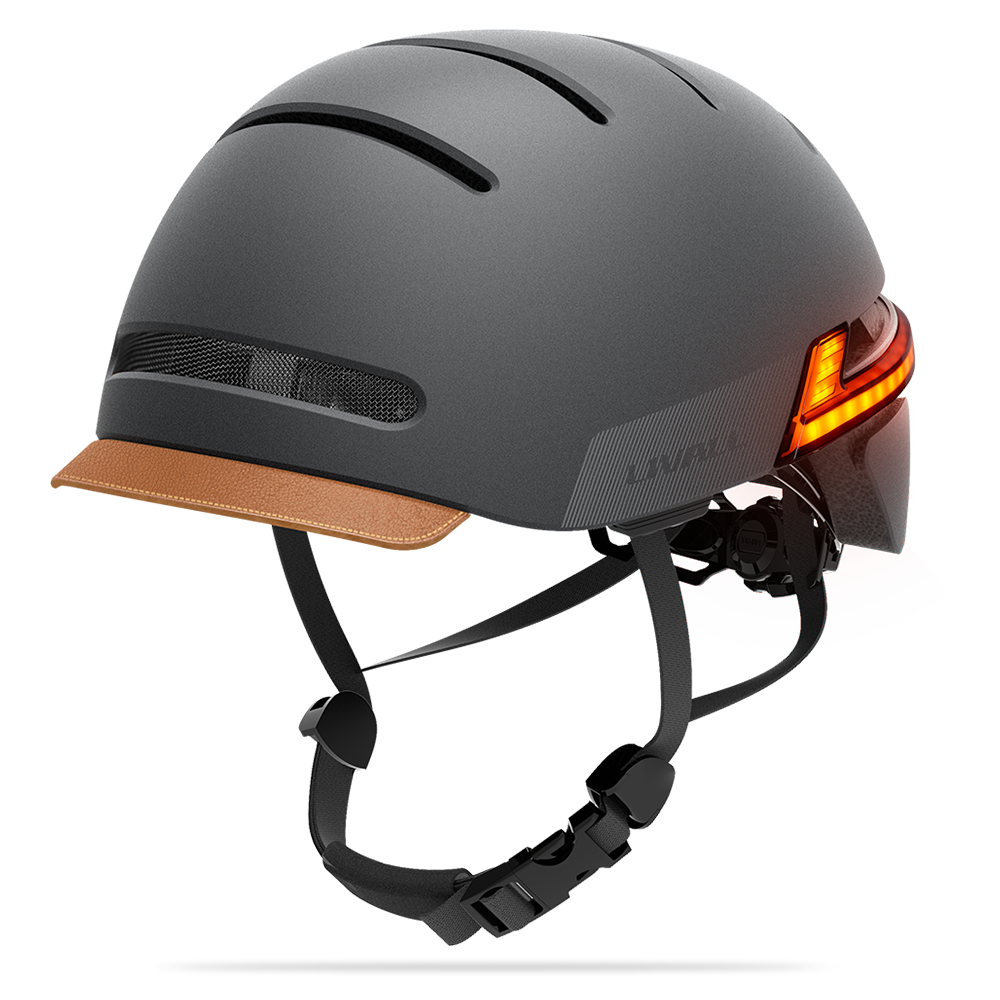

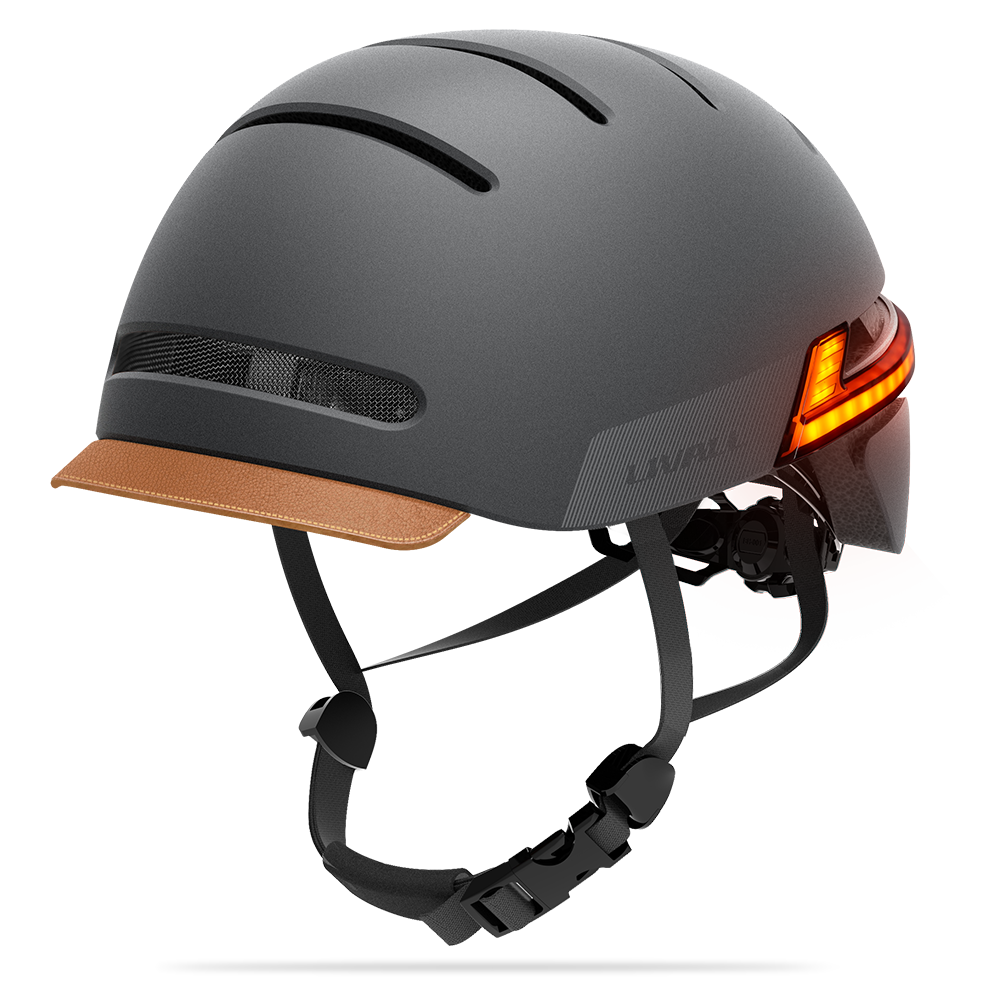





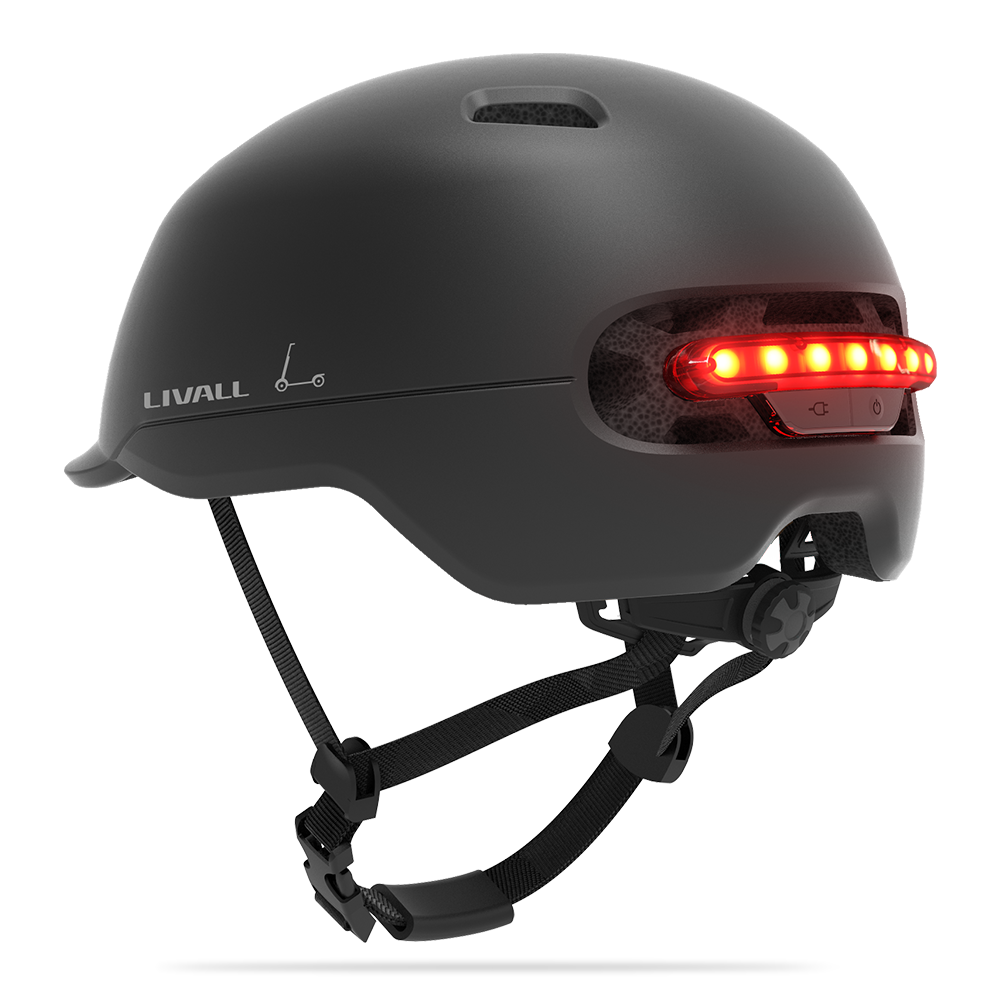











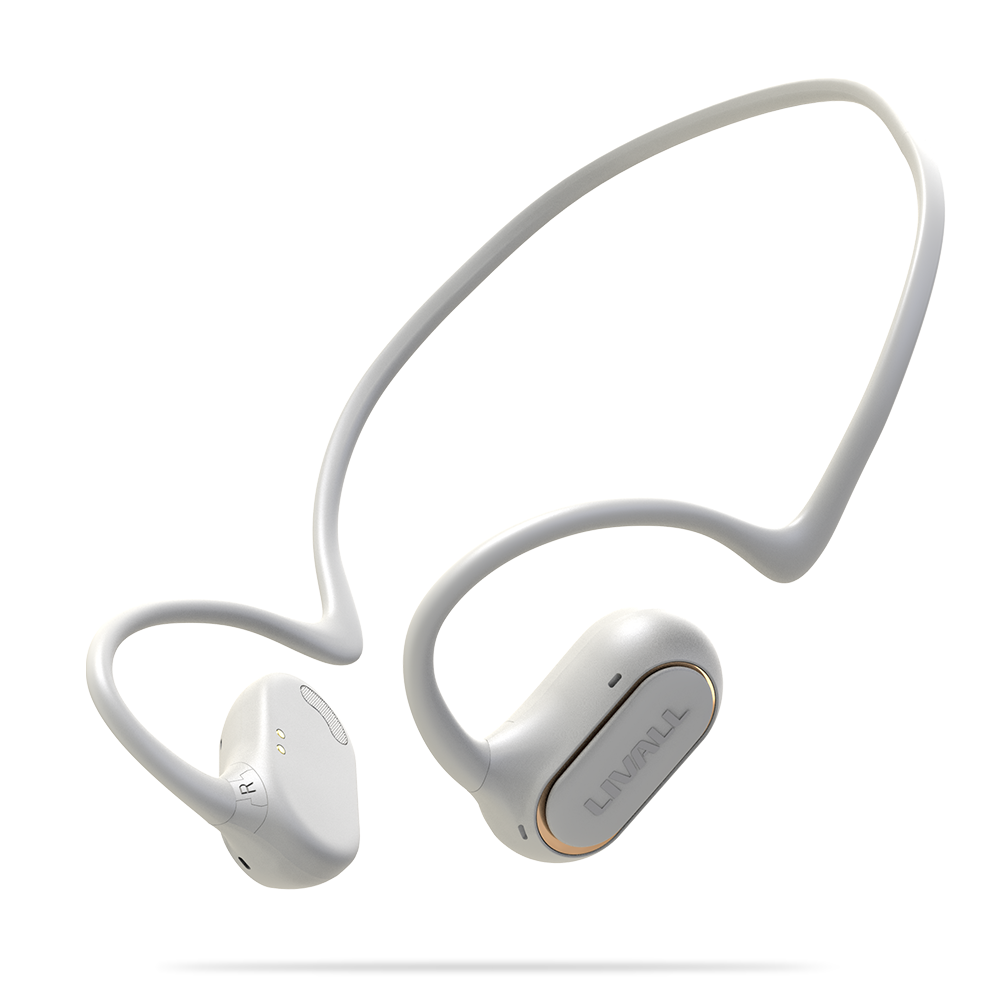
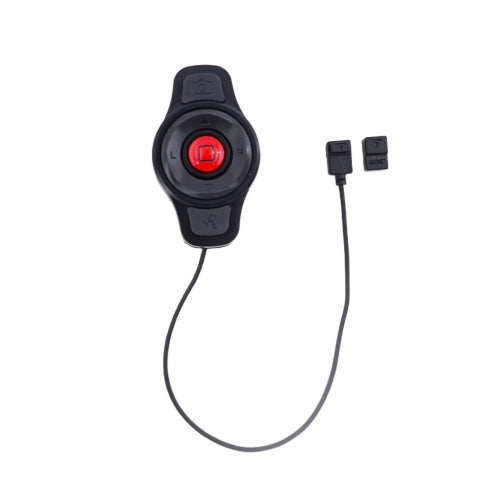






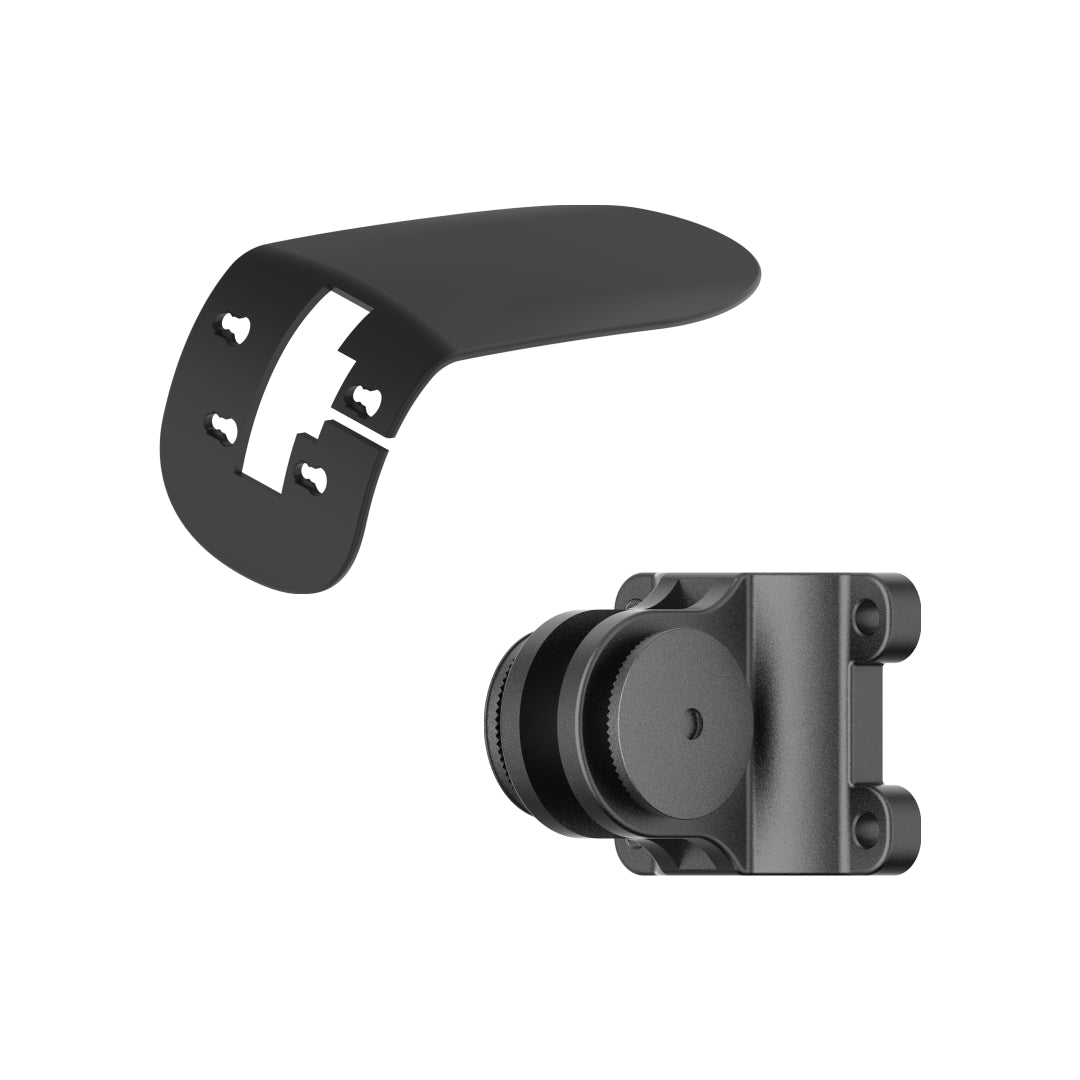








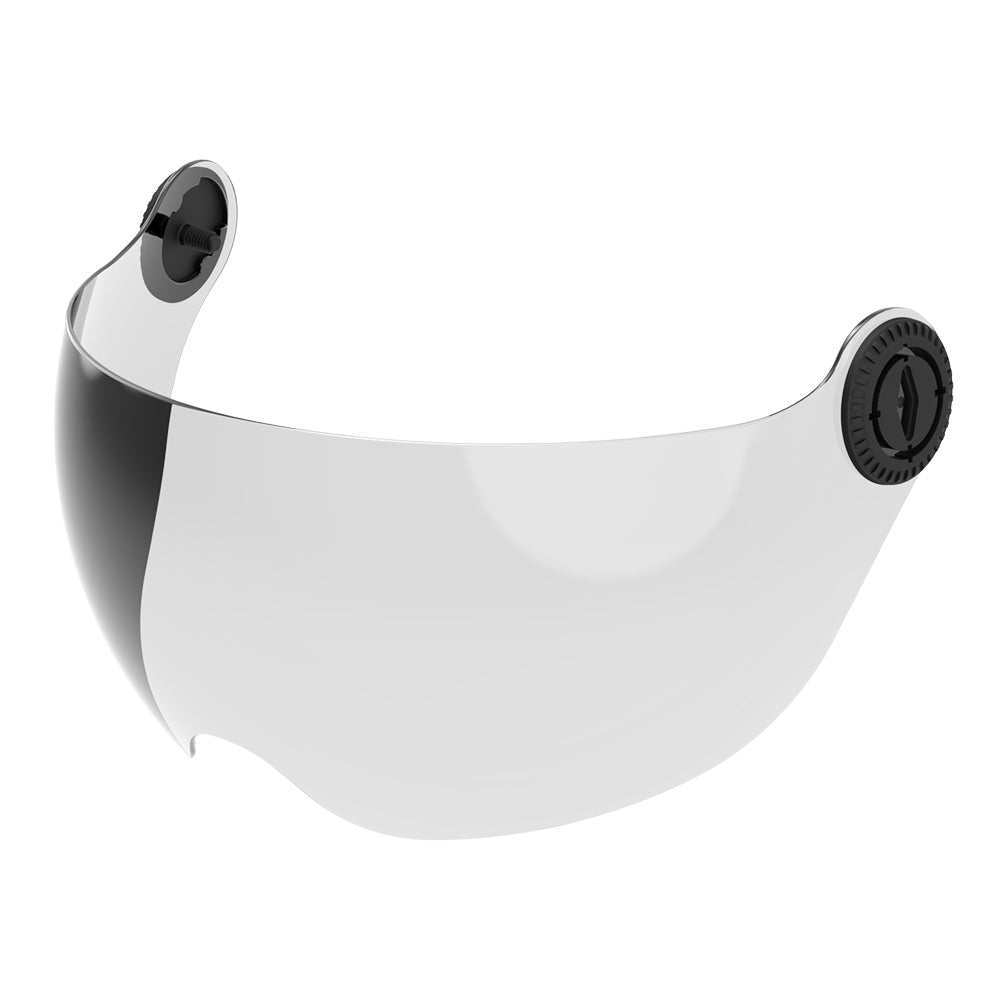









Leave a comment